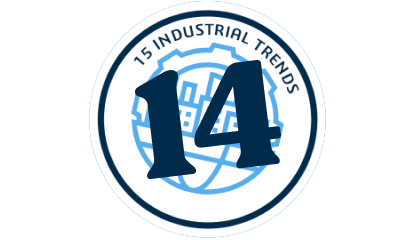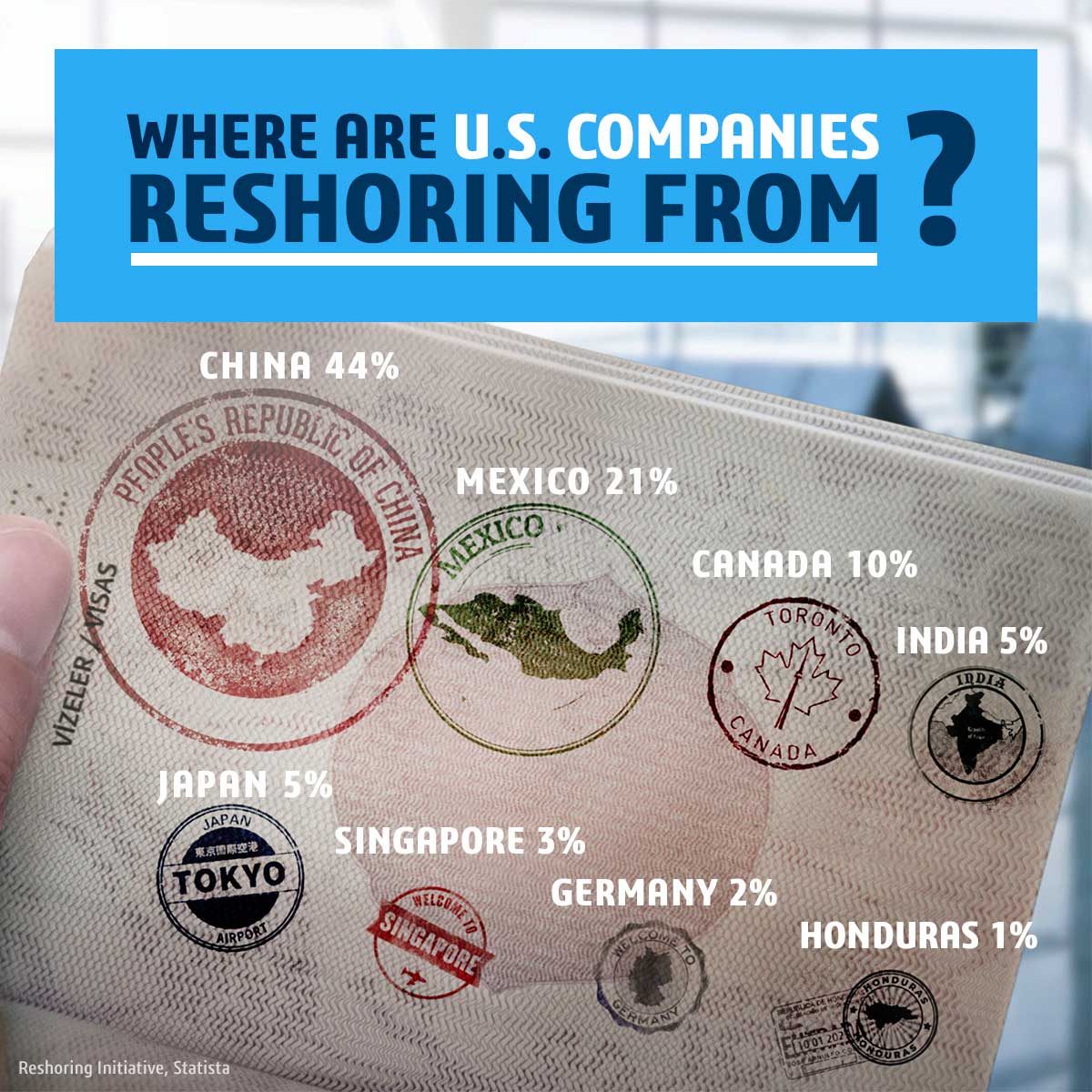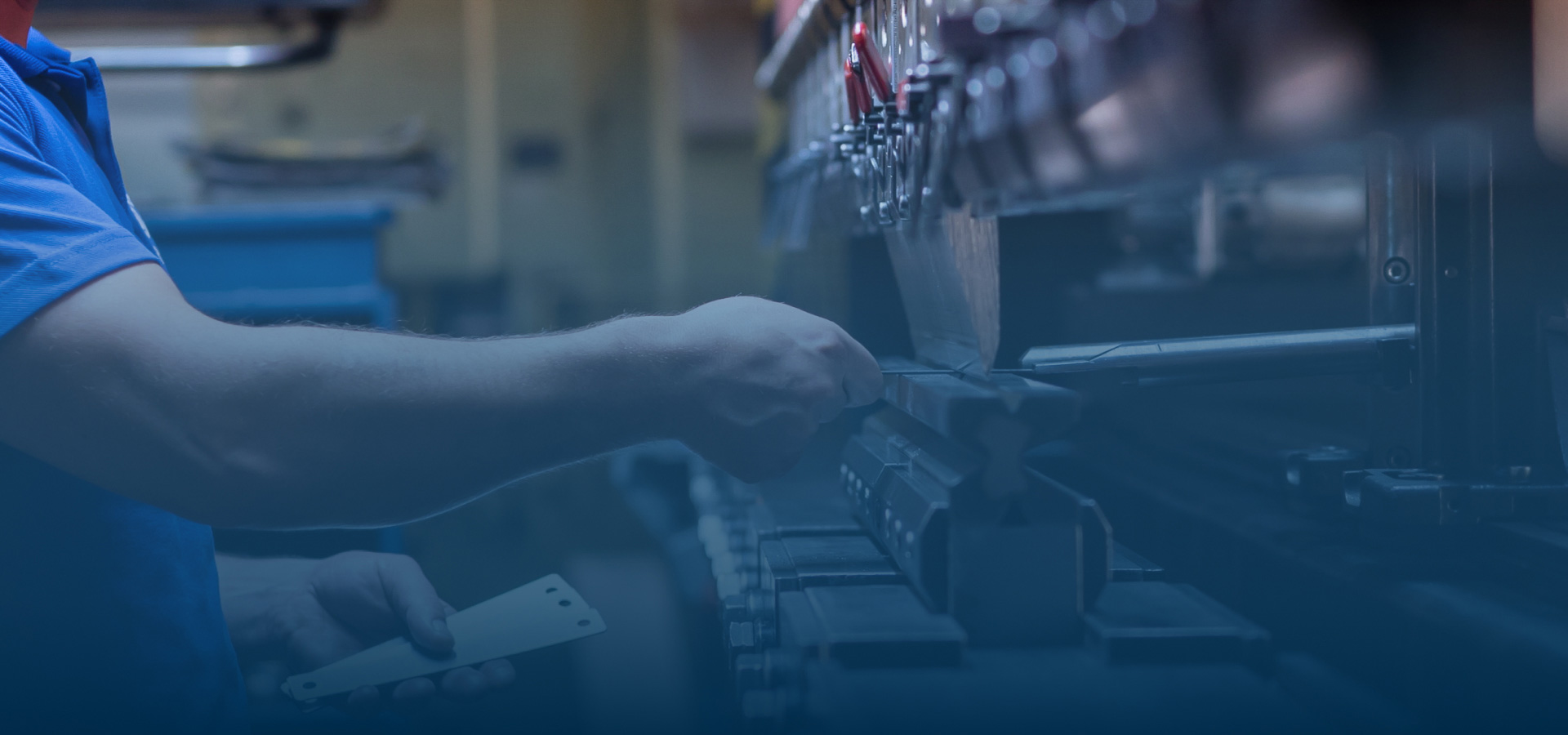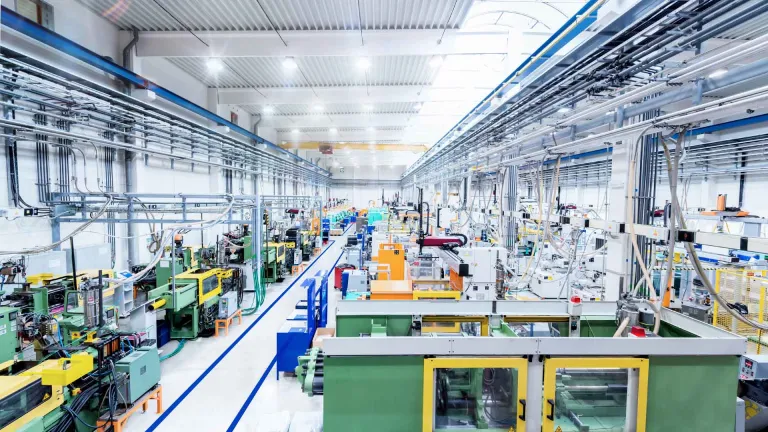Shift From Global To Local
Manufacturers are increasingly reconsidering their offshoring approaches – what is driving the localization trend and is it the right choice?

Manufacturing is coming home – what can you do to welcome it?
What’s happening?
Since the 1980s, offshoring has been an integral part of most manufacturing businesses’ expansion strategies, outsourcing large parts of production to low-cost countries around the world. However, the tide is turning.
According to Kearney’s 2022 Reshoring Index, 92% of manufacturing executives feel positive about onshoring manufacturing – that is, bringing operations back from overseas. Indeed, 79% of the US manufacturers reliant on Asia have either begun the reshoring process or plan to do so soon.

This shift in attitudes is being driven by several forces. Beginning a few years ago, the challenges facing faltering domestic economies resulted in multiple governments announcing reshoring policies to bringing jobs back home. Local manufacturing jobs are reliable vote-winners, and a kind of manufacturing populism has seen electoral success.
However, these trends were then accelerated by the impact of the global pandemic and the huge, sudden disruption to global supply chains it caused.
That desire to have greater sovereignty in your supply chain has been further strengthened by increased geopolitical tensions, most notably Russia’s invasion of Ukraine – when it comes to things like food supply chains, this is of no surprise.
There are also consumer-led reasons for reshoring manufacturing. Concerns around climate change and the environment have seen substantial growth in the “buy local” movement, particularly around food and lifestyle industries, bringing supply chains closer to home.
Curious about how other manufacturing industries respond?
Respond to today's challenges with our bespoke solutions
Why does it matter?
Reshoring can take many forms, but it ultimately involves moving capital equipment, infrastructure, supply chains, and workforces back into regions where a greater degree of sovereignty and control can be established. This can mean domestic moves, such as US companies moving operations back onto US soil. But it doesn’t have to be. It can also be advantageous to move operations to more stable, more reliable, or otherwise “friendly” territories.
“It's not necessarily about onshoring activities, it's about being closer or relocating activity closer to where the operations take place, and for that, it's about building a trusted network of partners and countries, where you can ensure supply chain resiliency,” says Alexandre Tew-KaÏ, WW Process and OPS Transformation Expert, Industry, Dassault Systèmes. “Here, we’re talking more about friend-shoring, where a business could, for example, do maintenance and operations in a trustworthy environment.”

How can I prepare?
It’s one thing to talk about moving operations closer to home, but factory relocation, and other forms of re-localization can be a huge practical challenge. Building or rebuilding industrial infrastructure, or training up new workforces, is expensive and time-consuming, and subject to global economic forces.
When deciding on whether relocalization makes sense, having the necessary information and tools to see what their choices might result in is critical. Forewarned is forearmed.
“This is where virtual twin experience of business operations come into play,” says Tew-KaÏ. “If you are looking at re-organizing your ecosystem, and creating more local supply chains, you want to be able to model and simulate the changes reshoring will bring. Virtual twins and supply chain management simulations allow you to experiment with different scenarios in order to make the right final decisions, and make them effectively.”
A defining trend of the next decade for manufacturing industries will be using the virtual world to make smarter choices in the real one.
It's not necessarily onshoring activities, it's being closer or it's relocating activity closer to where the operations take place, and for that, it's about building a trusted network of partners and countries.
Other Trends
Discover More with our Manufacturing Industries
- Aerospace & Defense
- Consumer Packaged Goods & Retail
- Home & Lifestyle
- High-Tech
- Industrial Equipment
- Marine & Offshore
- Transportation & Mobility
Bridge the gap between the virtual and real world to accelerate from concept to operations.
Virtual Twin Experiences for Sustainable Innovation – Helping Manufacturers Improve Consumer Products
Simplify and accelerate innovation to create more valuable consumer experiences.
Modular supply chains make it easier for manufacturers to master complexity and strengthen their supply chain resilience against volatility.
Digitalize manufacturing to deliver made-to-order innovation.
Accelerate the sustainable transformation of the Marine & Offshore industry.
Driving vehicle innovation toward the mobility of the future
THE WORLD NEEDS MANUFACTURERS
A MANIFESTO FOR CHANGE









